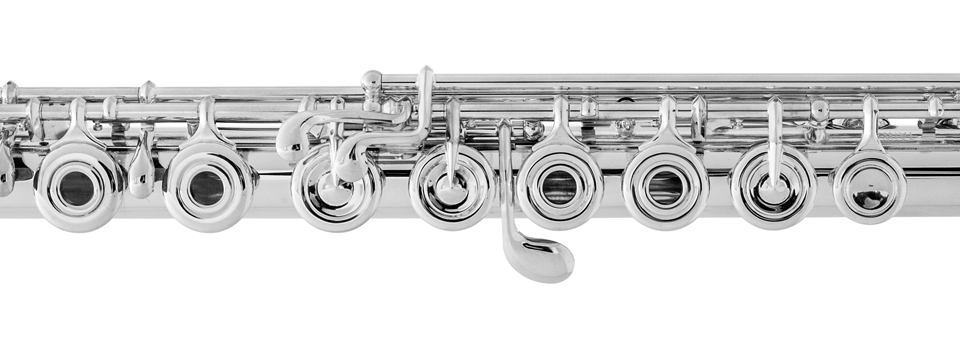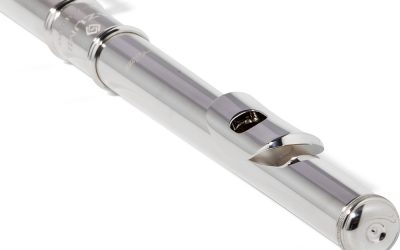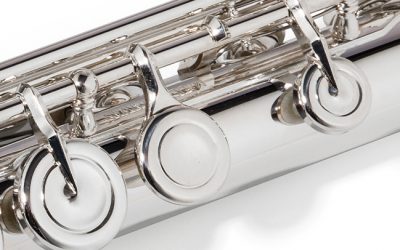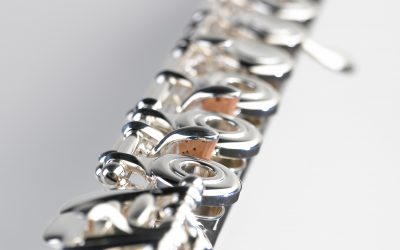Open Holes

An open-hole flute has holes at the center of the A, G, F, E, and D keys. Open holes are the standard among intermediate flutes and are the preference of the majority of professional flutists.
There are many benefits to playing an open-holed flute. They require a player’s fingers to be centered on the keys in a way that plateau or closed-hole keyed flutes do not. This helps the player develop and reinforce good hand position. Open holes also enable finger techniques that are not available on plateau flutes such as pitch bending and shading. Intonation may improve as the player can vent certain holes to aid pitch accuracy on some trills or while playing softly. All Azumi flutes have open holes.
Azumi flutes come with specially made plugs that the player can insert into the open holes. Plugs are commonly used during the adjustment period from a closed-hole flute to an open-hole flute. The plugs can be removed methodically, one at a time, until the player can consistently cover each hole. Most flutists take out the A first, then the F, and then the E. The G and D keys are usually the last to be removed and depend on the player.
Having open holes as a standard feature ensures that your Azumi flute will be able to grow and mature along with your playing and can handle whatever music you wish to play.
View Additional Features
Z-Cut Headjoint
The most distinctive feature of all Azumi flutes is the Altus Z-Cut professional headjoint, which responds quickly and easily and produces a full and rich tone in all three registers.
Pointed Key Arms
Originally reserved for professional models, all Azumi Flutes feature pointed key arms for an elegant and refined look, even pad wear, and improved key strength.
Altus Scale
Based on the work and recommendations of British flutist William Bennett, the Altus scale offers excellent intonation, carefully tuned harmonics, and balanced registers.




